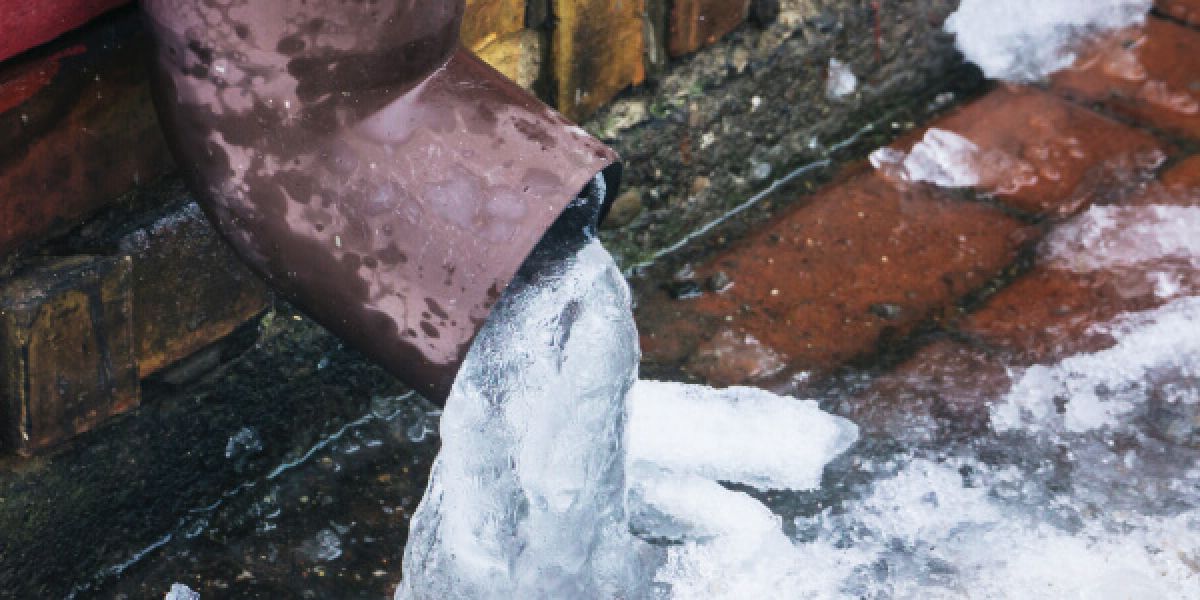Preventing Frozen Plumbing in Winter: Essential Strategies
Preventing Frozen Plumbing in Winter: Essential Strategies
Blog Article
What are your opinions concerning Prevent Frozen Pipes ?

Cold weather can ruin your plumbing, particularly by freezing pipes. Below's exactly how to prevent it from occurring and what to do if it does.
Introduction
As temperature levels decrease, the threat of frozen pipes rises, possibly bring about expensive repair work and water damage. Recognizing exactly how to prevent icy pipelines is important for homeowners in cool climates.
Recognizing Frozen Pipelines
What triggers pipelines to freeze?
Pipelines freeze when subjected to temperatures below 32 ° F (0 ° C) for expanded periods. As water inside the pipelines ices up, it expands, taxing the pipeline walls and potentially triggering them to break.
Risks and damages
Icy pipelines can lead to water system disturbances, home damages, and pricey fixings. Ruptured pipes can flooding homes and cause substantial structural damages.
Signs of Frozen Water Lines
Identifying frozen pipelines early can prevent them from rupturing.
Just how to identify frozen pipelines
Try to find decreased water flow from faucets, uncommon odors or noises from pipelines, and visible frost on subjected pipes.
Avoidance Tips
Insulating vulnerable pipelines
Cover pipelines in insulation sleeves or utilize warmth tape to protect them from freezing temperatures. Focus on pipes in unheated or outside areas of the home.
Heating methods
Keep interior areas appropriately warmed, specifically locations with pipes. Open up cupboard doors to allow warm air to circulate around pipelines under sinks.
Shielding Outside Plumbing
Garden pipes and outdoor taps
Disconnect and drain pipes yard pipes prior to winter season. Set up frost-proof spigots or cover exterior taps with insulated caps.
What to Do If Your Pipelines Freeze
Immediate actions to take
If you believe icy pipes, maintain faucets open up to relieve stress as the ice thaws. Make use of a hairdryer or towels taken in warm water to thaw pipelines slowly.
Long-Term Solutions
Structural adjustments
Think about rerouting pipelines far from outside walls or unheated locations. Add extra insulation to attics, basements, and crawl spaces.
Updating insulation
Buy high-grade insulation for pipelines, attic rooms, and wall surfaces. Appropriate insulation aids preserve consistent temperatures and reduces the threat of icy pipelines.
Conclusion
Avoiding icy pipelines calls for proactive procedures and quick actions. By recognizing the reasons, signs, and safety nets, home owners can shield their plumbing during cold weather.
6 Proven Ways to Prevent Frozen Pipes and Protect Your Home
Disconnect and Drain Garden Hoses
Before winter arrives, start by disconnecting your garden hoses and draining any remaining water. Close the shut-off valves that supply outdoor hose bibs and leave the outdoor faucet open to allow any residual water to drain. For extra protection, consider using faucet covers throughout the colder months. It’s also important to drain water from any sprinkler supply lines following the manufacturer’s directions.
Insulate Exposed Pipes
Insulating your pipes is an effective way to prevent freezing. Pipe insulation is readily available at home improvement stores and is relatively inexpensive. Pay close attention to pipes in unheated areas such as the attic, basement, crawl spaces, or garage. Apply foam insulation generously to create a buffer against the cold. You can also wrap your pipes in heat tape or thermostat-controlled heat cables for added warmth.
Seal Air Leaks
Inspect your home for any cracks or openings that could let in cold air. Seal any holes around the piping in interior or exterior walls, as well as the sill plates where your home rests on its foundation. Additionally, make sure to keep your garage door closed unless you’re entering or exiting. Leaving it open creates a significant air leak that can lead to frozen pipes.
Allow Warm Air Circulation
During cold snaps, it’s essential to allow warm air to circulate evenly throughout your home. Leave interior doors ajar to promote better airflow. Open kitchen and bathroom cabinets to help distribute heat consistently around the rooms. If you have small children or pets, be sure to remove any household chemicals or potentially harmful cleaners from open cabinets for safety.
Let Faucets Drip
A small trickle of water can make a big difference in preventing ice formation inside your pipes. When temperatures drop significantly, start a drip of water from all faucets served by exposed pipes. This continuous flow helps prevent the water from freezing. Additionally, running a few faucets slightly can relieve pressure inside the pipes, reducing the chances of a rupture if the water inside does freeze.
https://choateshvac.com/6-proven-ways-to-prevent-frozen-pipes-and-protect-your-home/

I came across that page on Winter Plumbing Precautions: Preventing Frozen Pipes when exploring the web. Appreciated our write-up? Please share it. Let others locate it. I love reading our article about How To Avoid Freezing Pipes.
Schedule Appointment Now Report this page